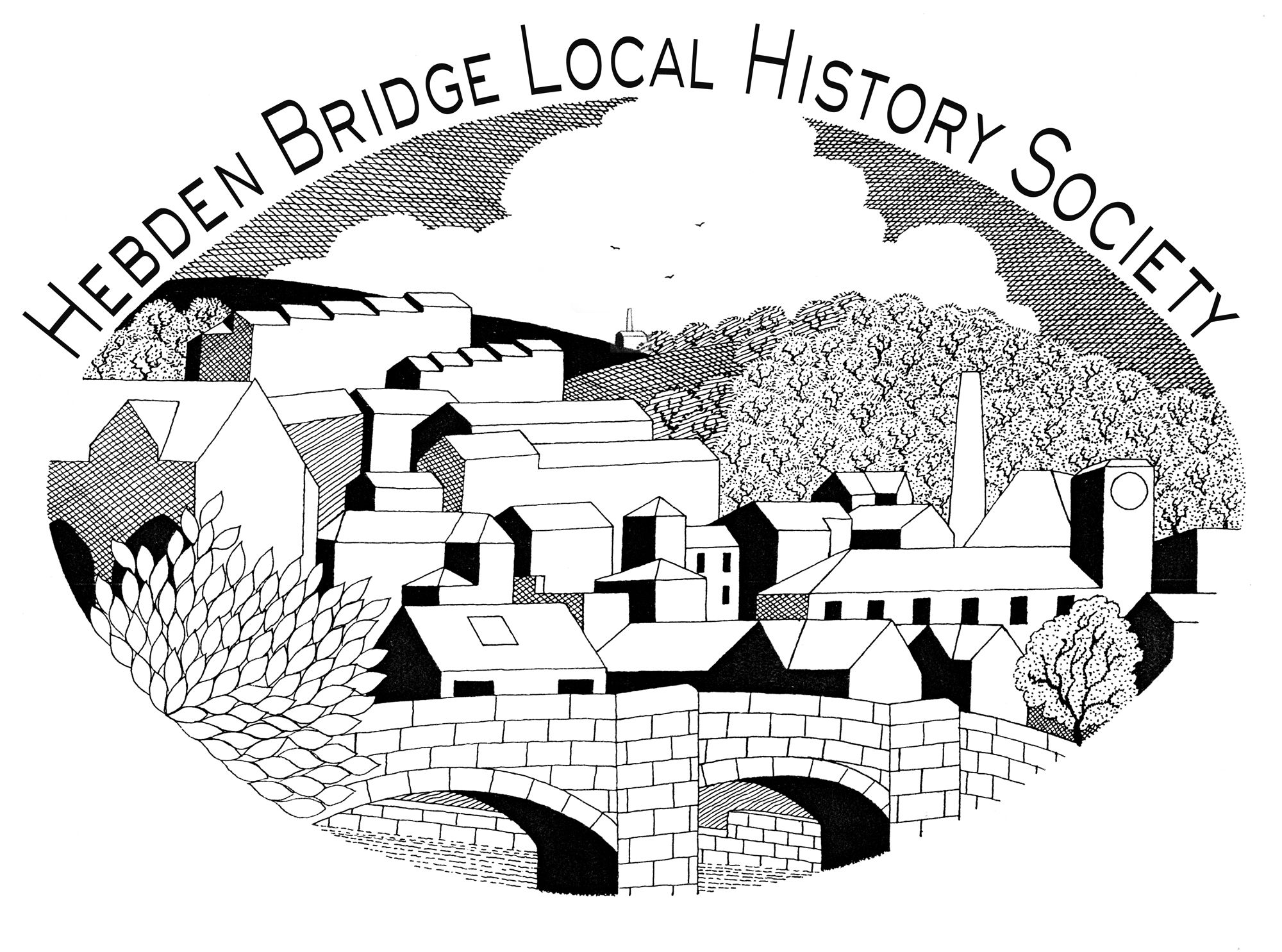Peter Thornborrow is well known for his talks about buildings, and drawing on his experience as an architectural historian and surveyor of listed buildings, he introduced members of Hebden Bridge Local History Society to Hartley Royd in Shore. He described a remote moorland location and showed the remains of the drovers’ roads, packhorse tracks and causey ways which allowed textile production to flourish alongside agriculture. As well as the tracks, large crosses still remain where they have marked the salt ways since Medieval times. Stone drinking troughs are a reminder of the pack horses which were a crucial part of the transport system until the advent of turnpike roads more suitable for wheeled vehicles.
When Peter first encountered Hartley Royd to complete its listing, it was in a semi-derelict state, with windows walled up and mullions missing. The owner at the time was not co-operative and when he found that the listing involved an obligation to repair the building, he decided to sell. The new owners were very keen to restore the house, and Peter took on the job of designing the restoration. This involved examining the building to find evidence of how it had been built and used. Some of the building dated back to the 16th century, and was probably originally timber-framed. The upper floor with a transom window was where the weaving workshop was situated, and below was a vaulted arched cellar.
Alongside the architectural clues, detailed inventories from probate records, listing the contents of each room, provided evidence of how rooms were used. There were two parlours at the front of the house, to the east and west of the entrance and at the rear the service rooms - a kitchen as well as the housebody which would have been at the heart of the building. A restoration project can also pick up evidence of changes from hearth tax returns. People were taxed on the number of hearths or fireplaces there were in the house, and the records of these show that Hartley Royd went from three to four hearths. The original arched fireplaces were still in place. Other architectural features were influenced by the location; then as now Hartley Royd was frequently subject to wind and rain, and it was to mitigate this that the house has unusual recessed doorways and an inner porch and entrance lobby.
The detailed inventory listing everything from beds and their hangings to the arks for storing oatmeal brought colour and detail to life lived in this remote area. There were oxen with their yokes used for ploughing and a few cows identified by their names. Tools like harrows, mattocks and turf spades for cultivating the land and were also listed. The second arm of the dual economy was textile production, and the shop, wool chamber and shop chamber were the location of equipment for spinning and weaving cloth. Images from Peter’s collection illustrated many of these items.

